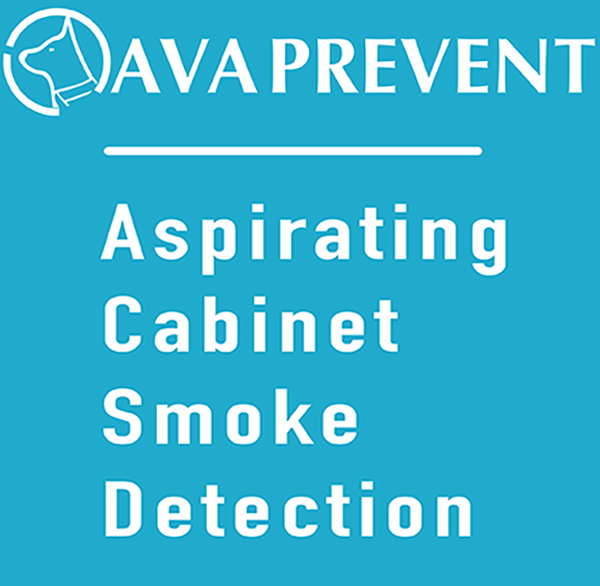
- Discounted price:USD$
- Our price:USD$
- PriceUSD$
- Use bonus pointspt.
Harsh and Hazardous Environments
- The following is extracted from the FIA Code of Practice Aspirating Smoke Detector (ASD) Systems
ASD systems can provide reliable smoke detection in environments where other forms of detection are unsuitable.
Harsh environments can be identified as areas where the sampled air is generally outside the normal working conditions of the detector and therefore requires additional precautions. Typical areas are cold stores, freezers, food preparation areas that require frequent wash down, high temperatures from ovens or machinery and conveyors / escalators which can be dirty or dusty. Each situation will require different installation considerations.
Cold areas
Cold storage and process areas fall into three categories; blast freezers that have high air movement and very low temperatures that are often as low as -30oC; freezer stores that have less air movement; and chill storage and process areas normally at 3 to 5oC. All of these environments require an assessment of the following considerations.
1. Temperature of the air sample
If the sampled air temperature is below the manufacturer’s specification, the air sample may require warming before it enters the ASD. There are three techniques generally employed. Firstly, to have sufficient pipe outside the cold area, whereby the normal ambient temperature will raise the temperature of the air sample within the pipe to an acceptable level. Secondly, to pass the air sample through an enclosure that contains a heater or thirdly, to heat a section of the pipe with trace heating tape.
Note: Even if the temperature of the sample entering the detector is within the manufacturers’ specification consideration should be given to external condensation forming on the cold equipment during period of high humidity.
2. Moisture
The risk of moisture entering the ASD in a cold store is low because condensation normally
forms on the outside of the cold pipes as they exit the cold store and not inside. However, where there is any risk of condensation forming inside the pipes the recommendations of Wet areas should be followed.
3. Freezing of the sample points
In general, freezers are dry by the very nature that all moisture is frozen but the following should be considered:
- Sample points should not be positioned near to doors or directly in front of the freezer units
- When doors are opened, humidity in the warm air entering the freezer freezes
- Another source of moisture is from the freezer units when in a defrost cycle
- Where there are particular problems with the icing up of individual sampling points, local heating can be employed to prevent it or other techniques such as regular back- flushing of the pipe with dry air may be appropriate
4. Installation
The pipes can be installed in, or above the area to be monitored. In either case it is imperative that whilst pipe is being installed into an existing cold area that all open ends of the pipes penetrating through the ceiling / insulation are temporarily sealed until the final connections are made. This is to stop moisture in the air condensing inside a pipe and running down to the sample point and freezing.
Where there is a requirement for the ASD exhaust to be returned to the cold store then consideration should be given to the possibility of icing at the re-entry point.
Consideration should be given to the type, layout and fixing of the sampling pipe used as pipe will expand and contract when subjected to changes in temperature. Also the pipe material must be suitable for use at low temperatures.
Wet areas
Where water can enter sample points such as wash down areas, the normal precaution is to mount the ASD so that the sample pipes enter from below and a water trap is incorporated into the pipe. This can range from simple U-bend to a proprietary water trap. A drain-pipe with an automatic or manual drain valve can be fitted to the U-bend. For a water trap to be effective it is important that it is installed at the lowest point in the pipe-work. Multiple traps may be needed where there are several low points in the pipe runs.
High temperature areas
If the sampled air temperature is above the manufacturer’s specification the air sample will need to be cooled. Cooling the sample is likely to produce condensation in the sample pipe unless the humidity is very low and so the installations techniques described in clause 10.6.2 should be used.
Dirty and dusty areas
Most ASD systems incorporate filtration or methods to compensate for dust within the ASD unit. In very dirty or dusty environments additional measures may need to be taken such as, additional filtration or the use of a cyclone to prevent contamination of the ASD, and/or air purging systems to keep sampling points and pipe clear. These must be applicable to the application and installed in accordance with manufacturer’s guidelines.
Where additional filtration is installed the filters shall be regularly checked and replaced/cleaned according to a maintenance regime appropriate to the specific environment. Regular smoke testing is recommended to ensure that the filter does not compromise system performance.
Where air-purging systems are employed they may be operated automatically or manually.
Potentially explosive environments
ASD systems protecting potentially explosive environments must be approved to the relevant Standard for explosion proof systems and be suitable for the hazardous zone into which it is applied. In the European Union this is covered under the ATEX Directive and compliant products will be CE marked. A typical ASD approved system for Zone 1 will be mounted in an ATEX certified enclosure with integral flame arrestors and the complete assembly tested to the relevant Standard. The air sample is drawn into the enclosure through the inlet flame arrestor and the exhaust air passes out through another flame arrestor before returning into the hazardous area. The area coverage of an ATEX certified ASD may be less than with a standard ASD system.
Note: An unapproved ASD must not be used to monitor a potentially explosive environment even if it is located in a remote safe area. This is the case even if the sampling and exhaust pipes pass through flame arrestors to the protected area as the hazardous environment extends into the ASD housing.
Inaccessible or restricted environments
ASD systems can provide reliable smoke detection in environments where access is restricted
because the detection unit can be located remotely from the sampling pipework.
Access is typically restricted because an area presents a hazard to those responsible for installation or maintenance of the fire detection system.
Particular examples include:
- Lift shafts and other vertical shafts
- Floor and ceiling voids
- Cable tunnels
- Prison cells
- Locked or secure areas
- High voltage risks
- Industrial or chemical risks
Such areas should be covered by an ASD system providing remote fire detection
Means should be made for performing routine maintenance from the safe area by providing a maintenance test point so that the integrity of the remote pipework in the restricted area can be tested.
Consideration should be given to penetrations that may affect the structural integrity / compartmentalisation
Harsh Environment Application Photos
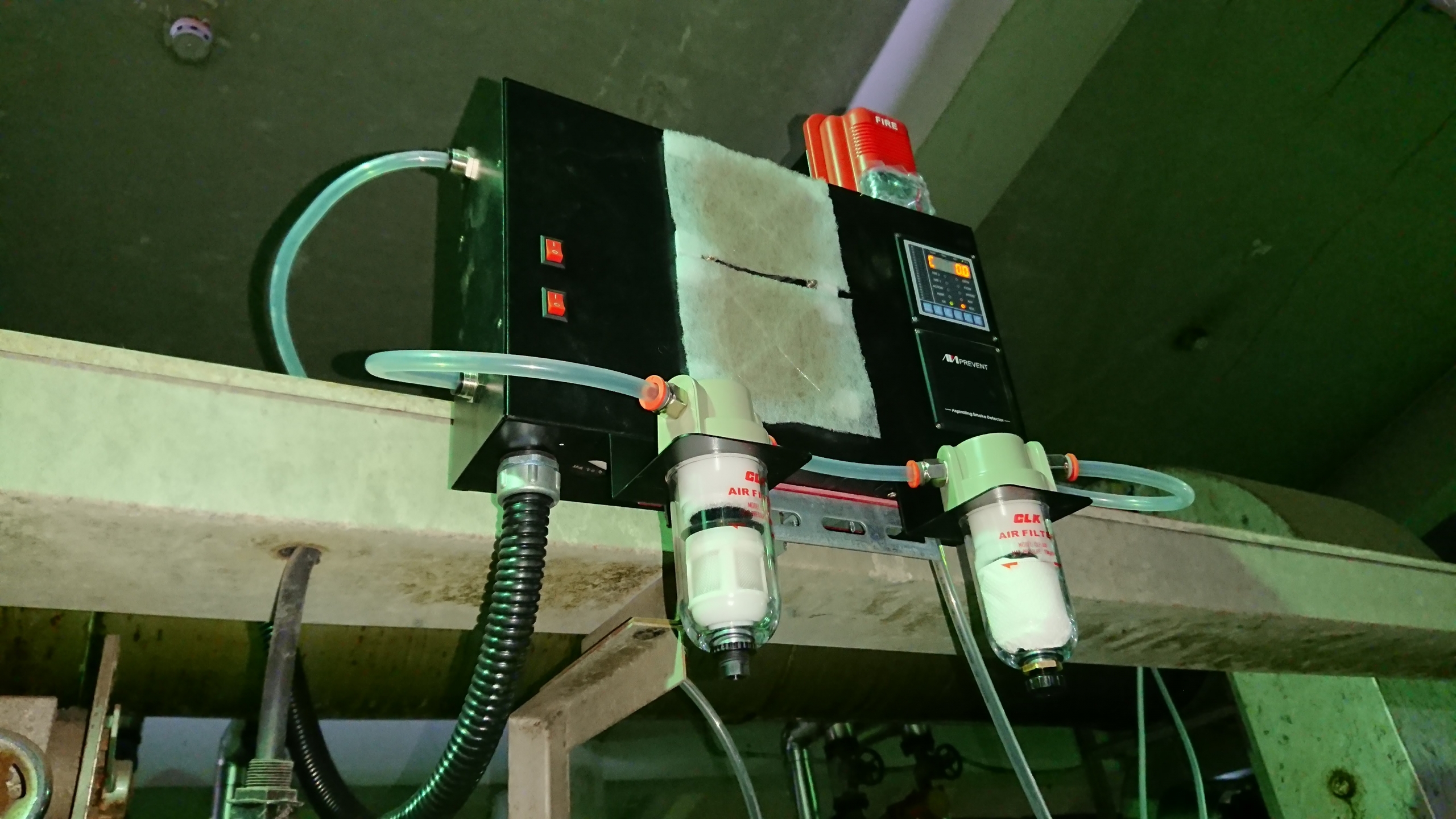
Harsh Environment Application - Dying Oven
High Temperature, Wet and Dusty
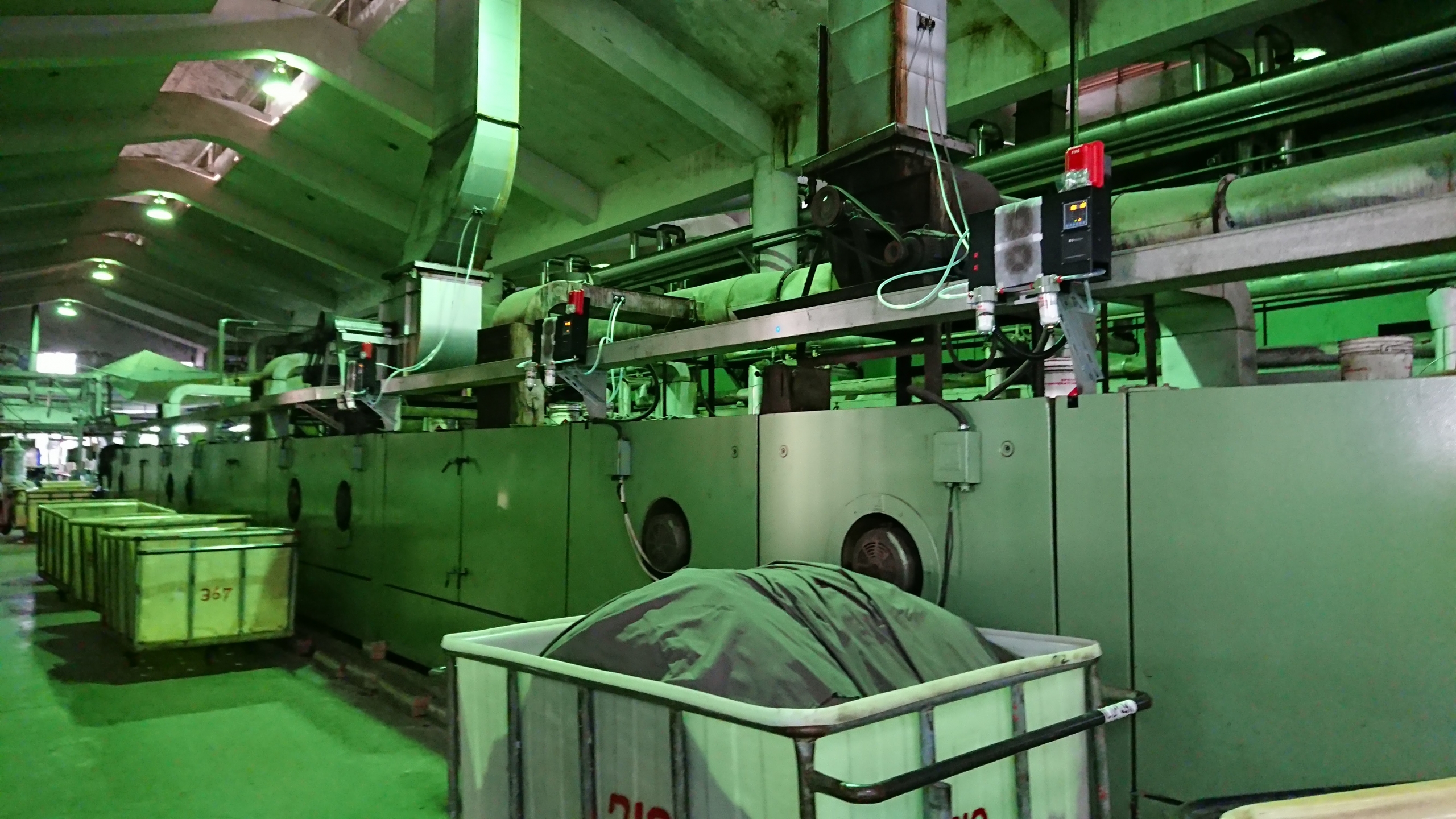
Harsh Environment Application - Dying Oven Exhaust Duct
High Temperature, Wet and Dusty
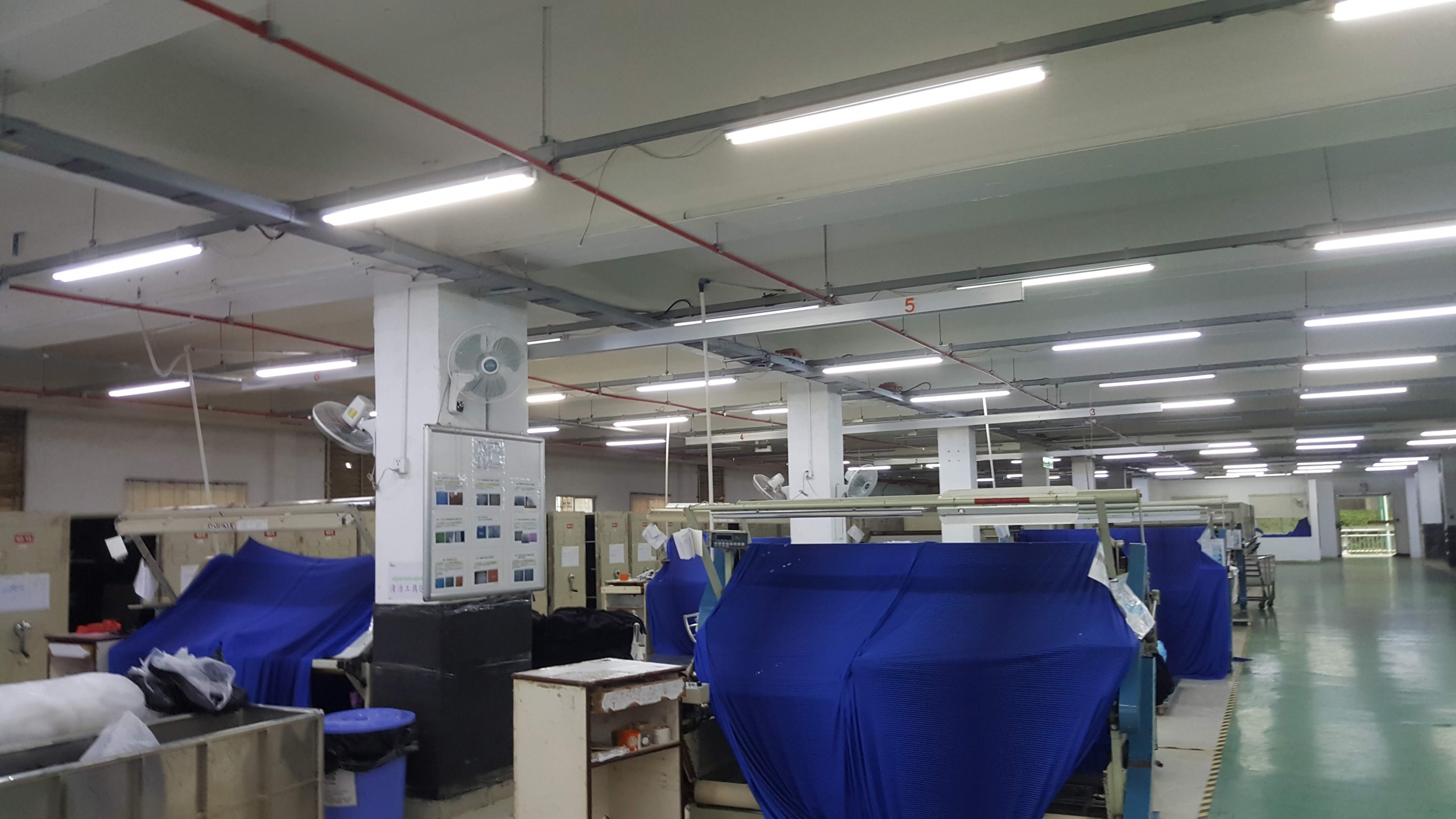
Garment Factory Production Line
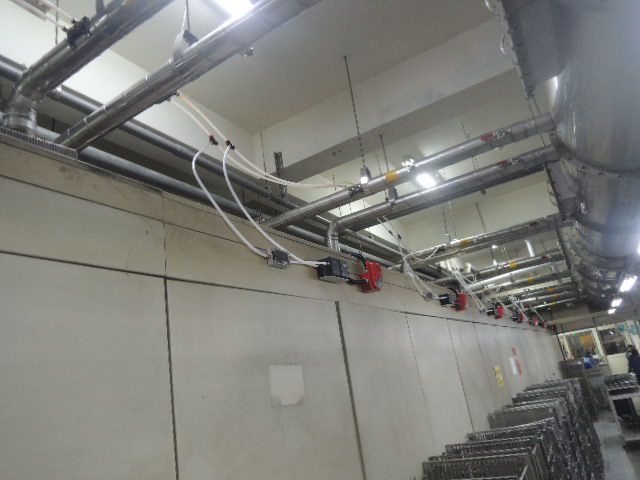
Industry Oven Exhaust Duct Detection
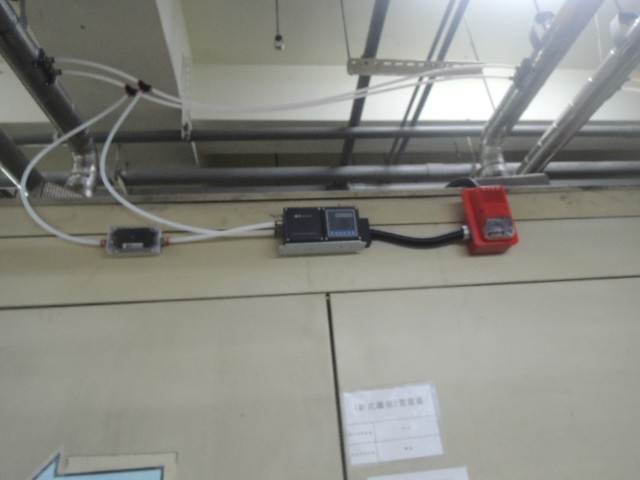
Industry Oven Exhaust Duct Detection
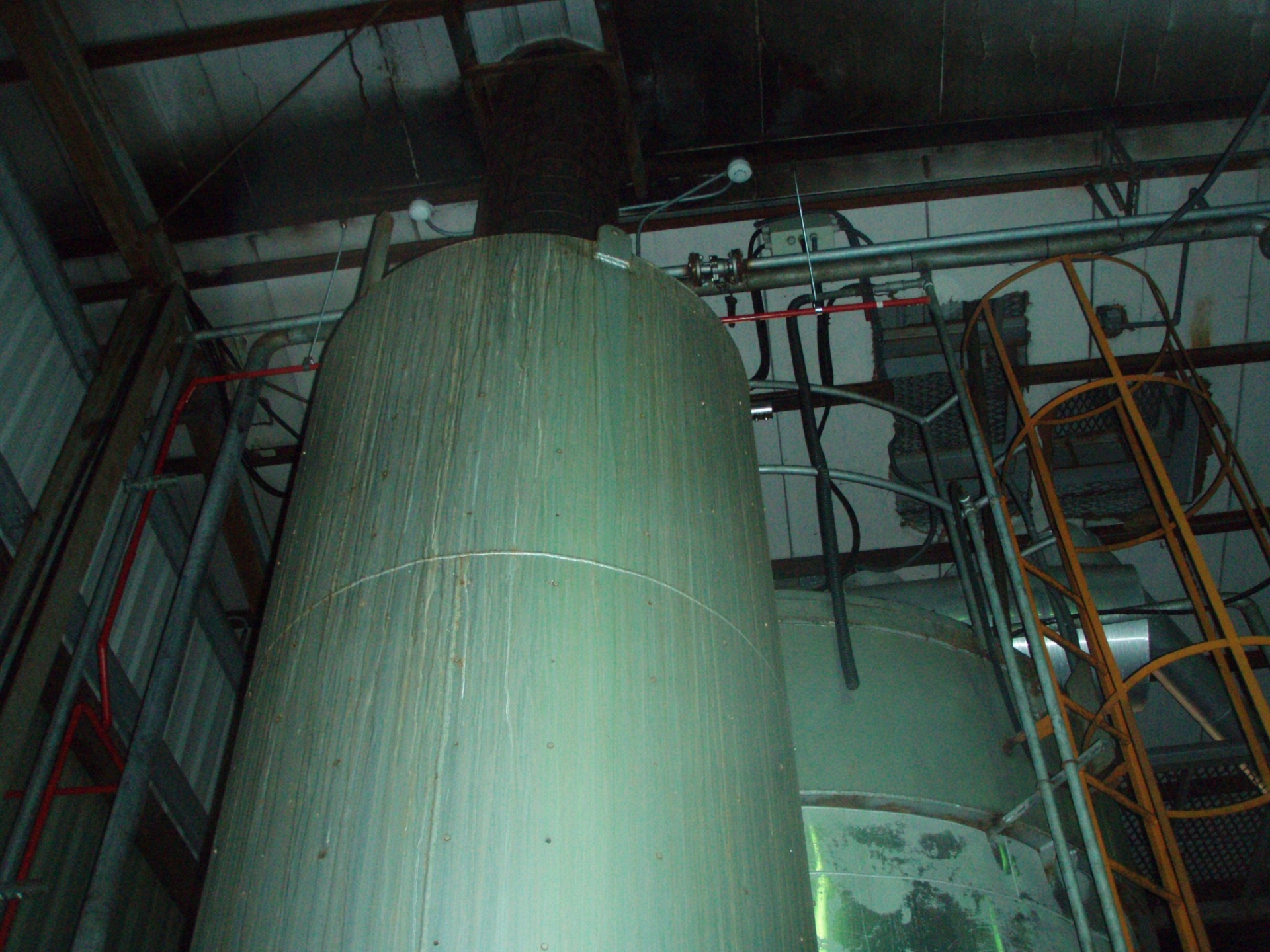
Industrial Application
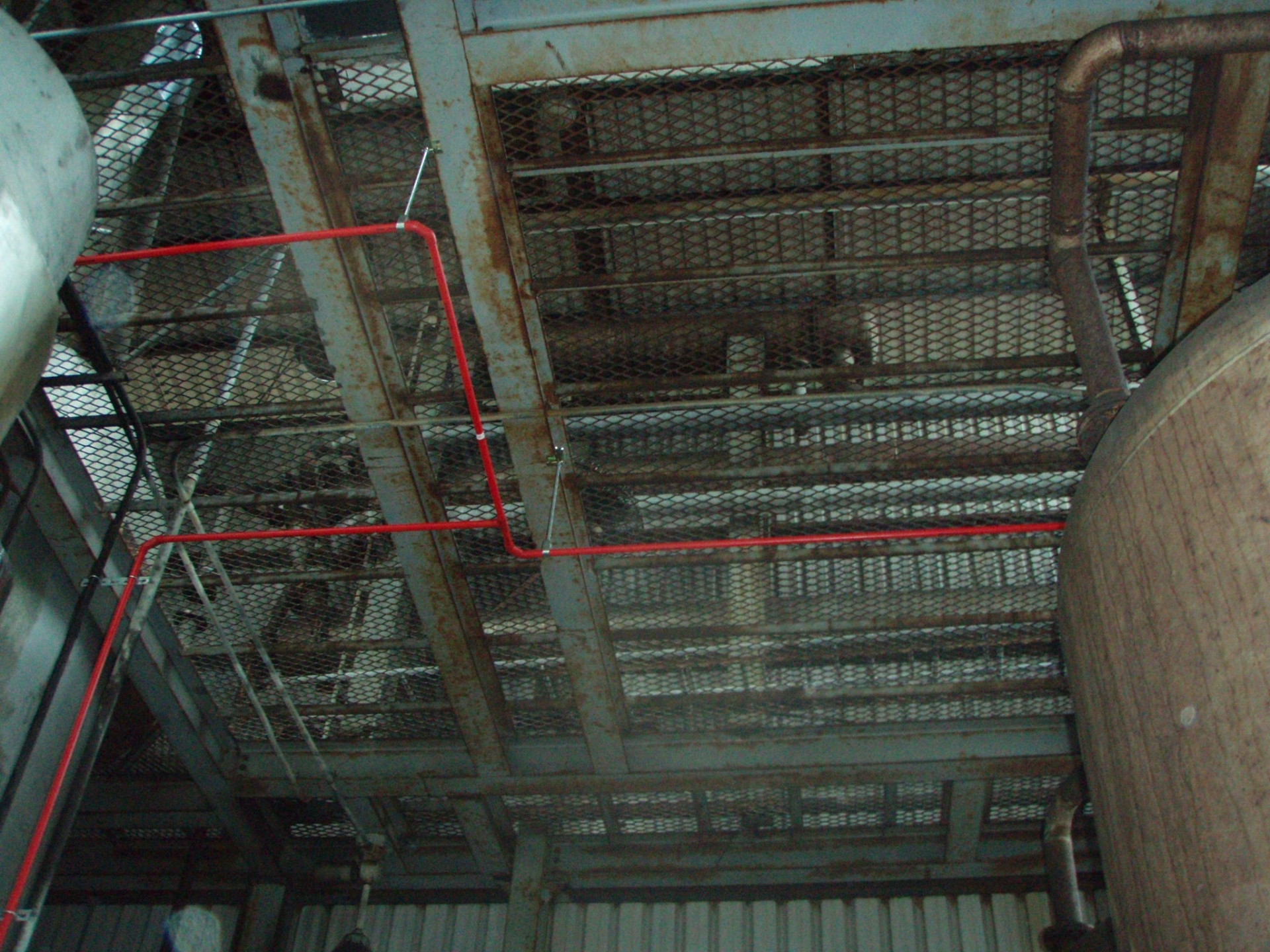
Industrial Application
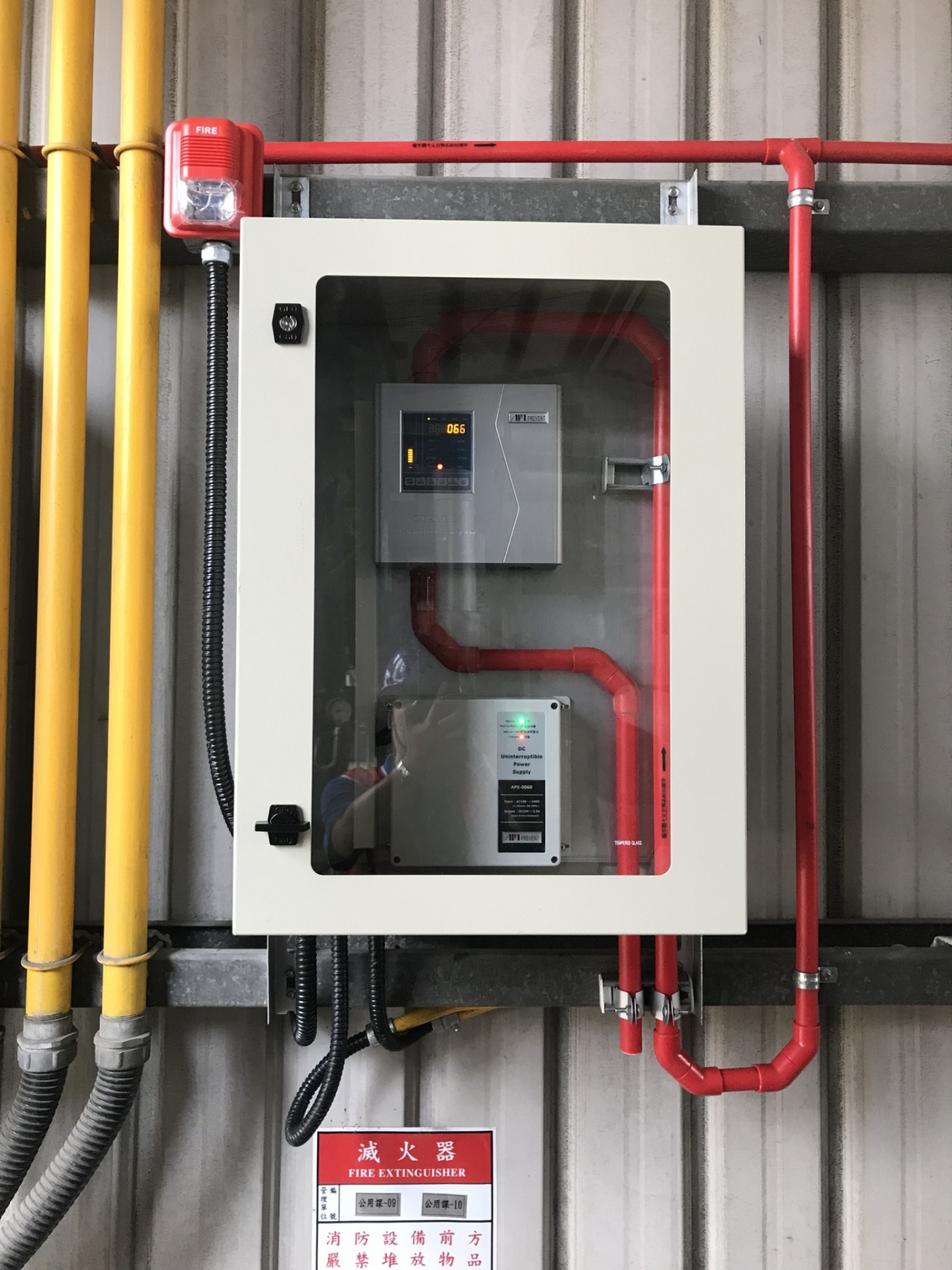
Addtional Water Proof Casing in Industrial Application
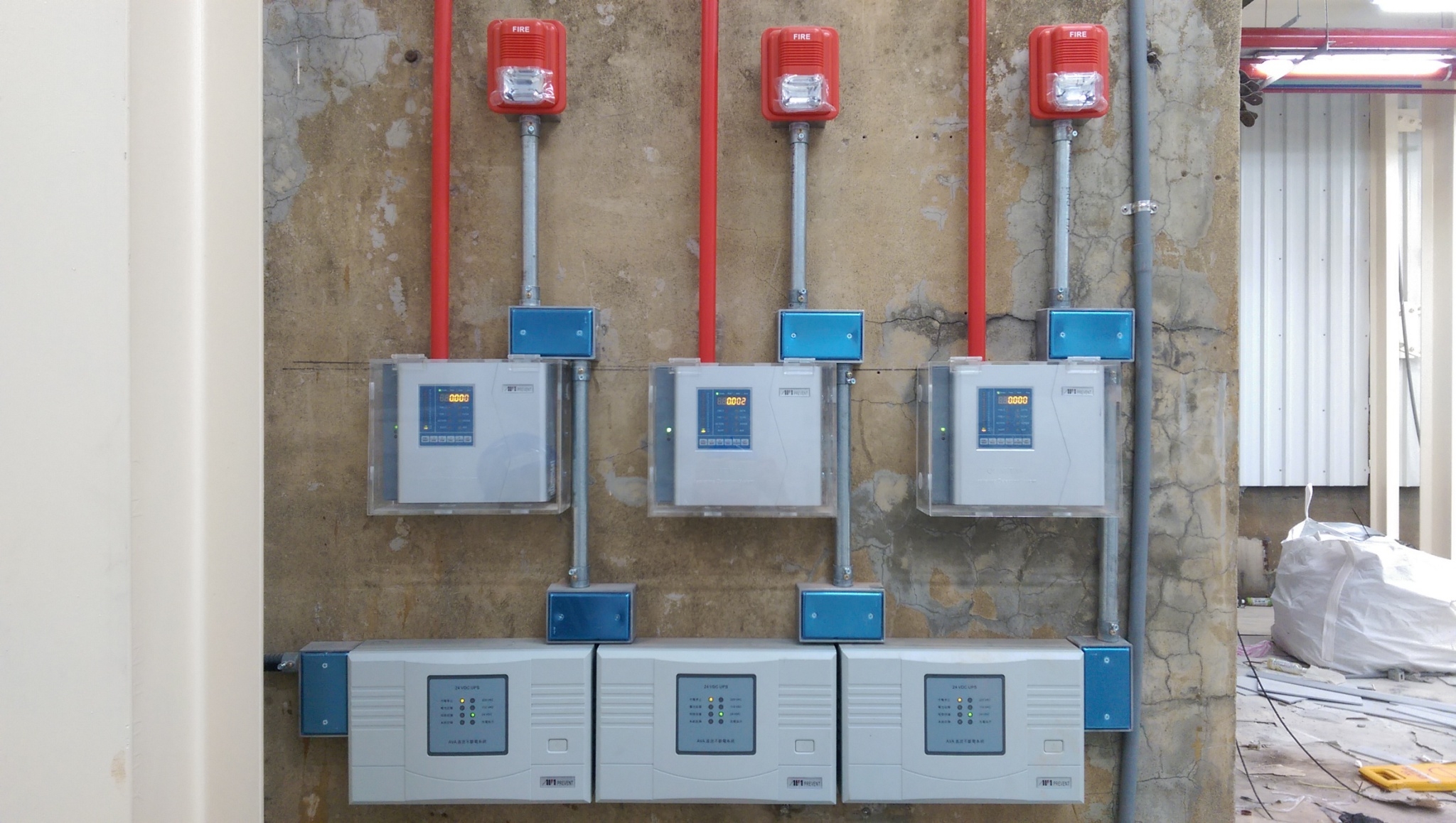
Additional Acrylic Casing in Industrial Application
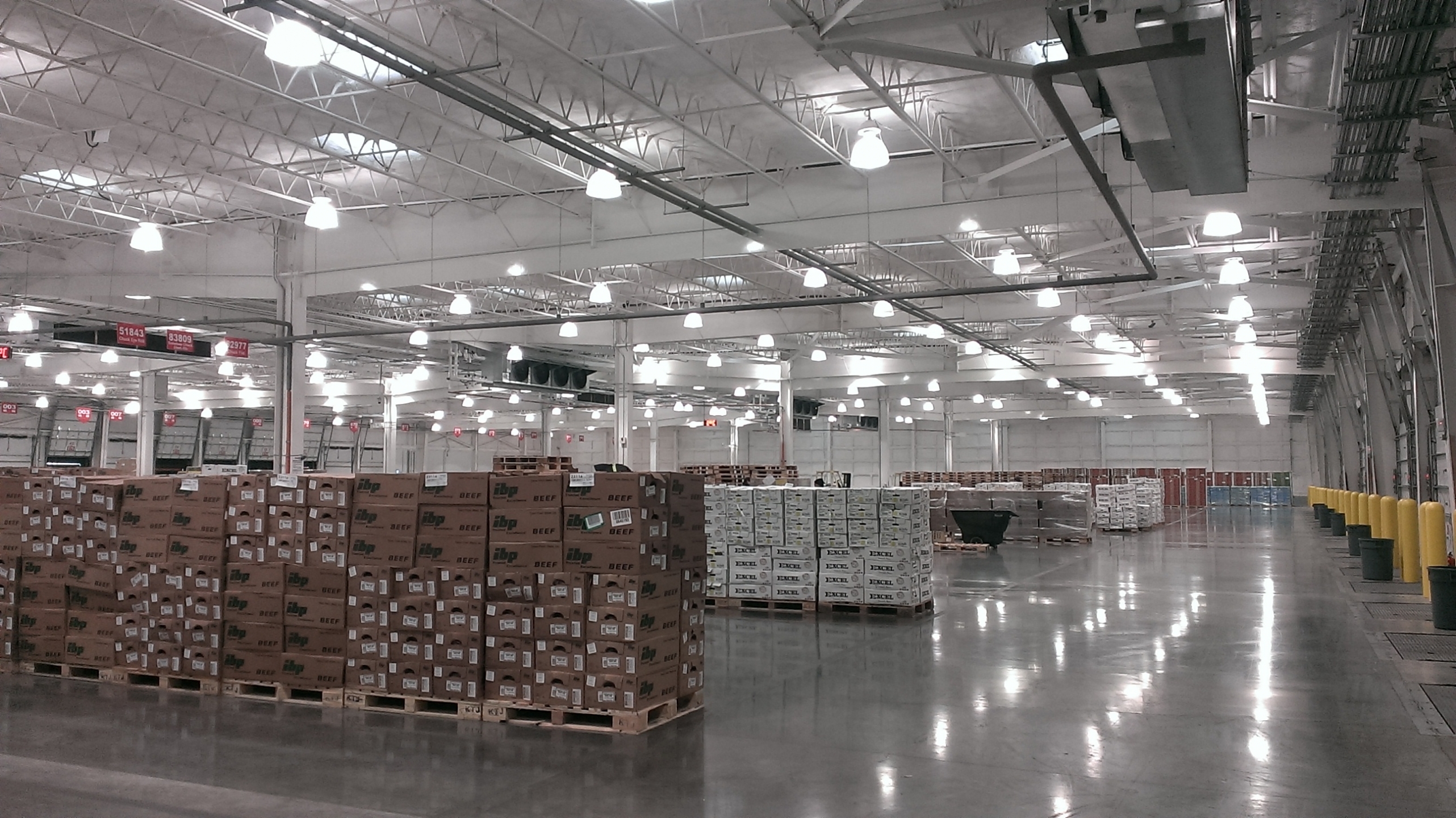
Cold Storage Distribution Center
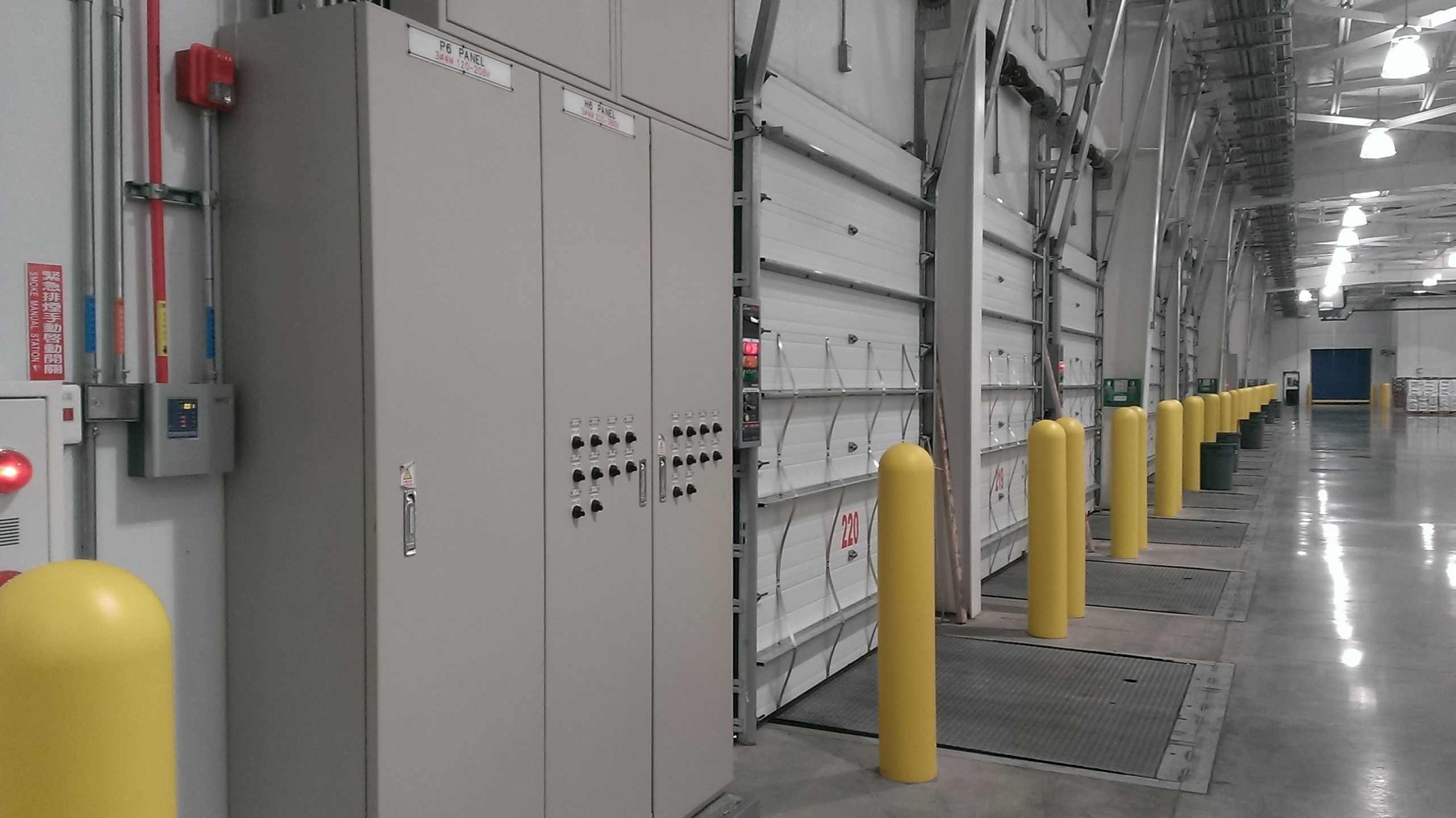
Cold Storage Distribution Center
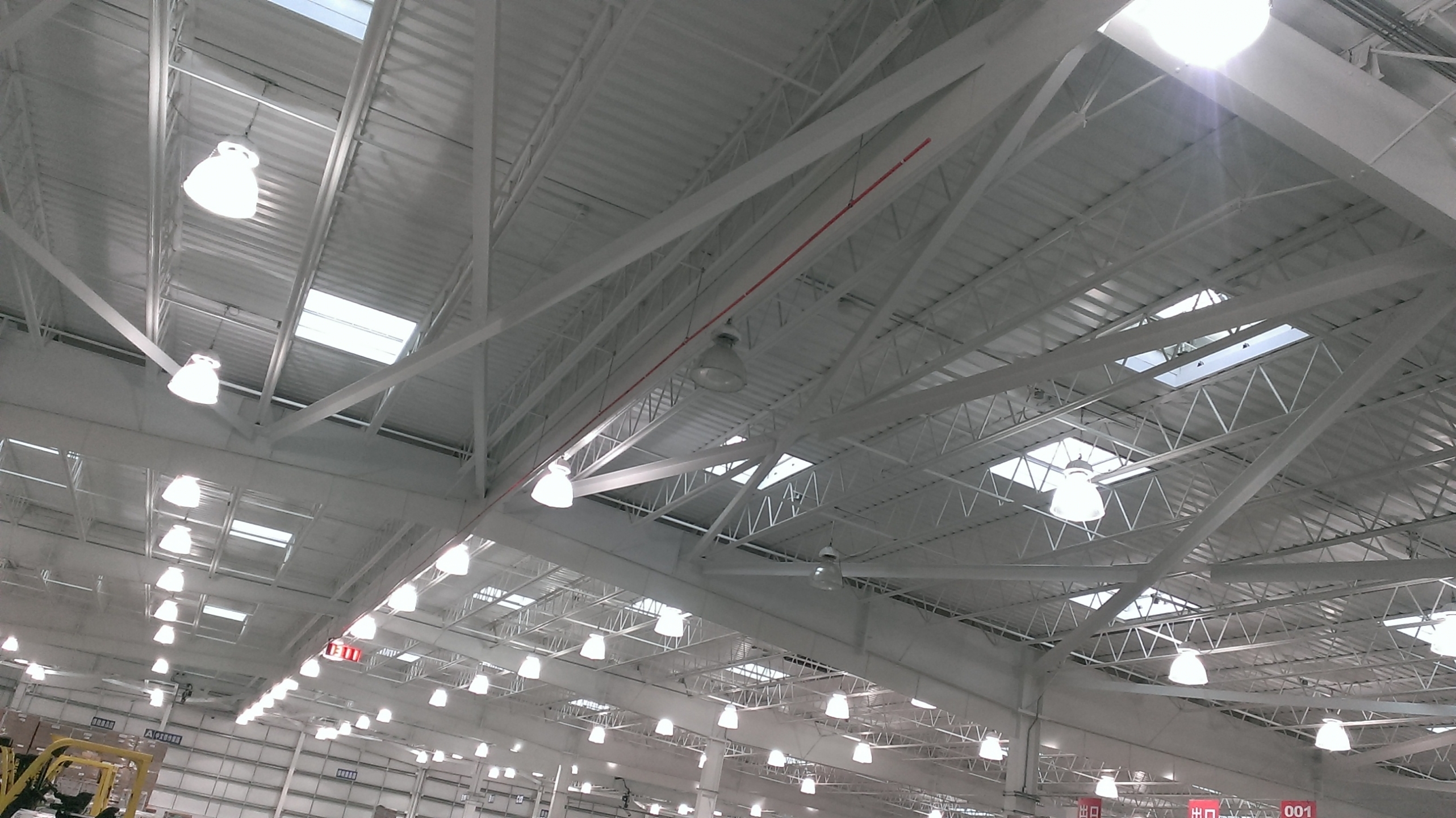
Cold Storage Distribution Center

Cold Sorage Distribution Center
- Discounted price:USD$
- Our price:USD$
- PriceUSD$

